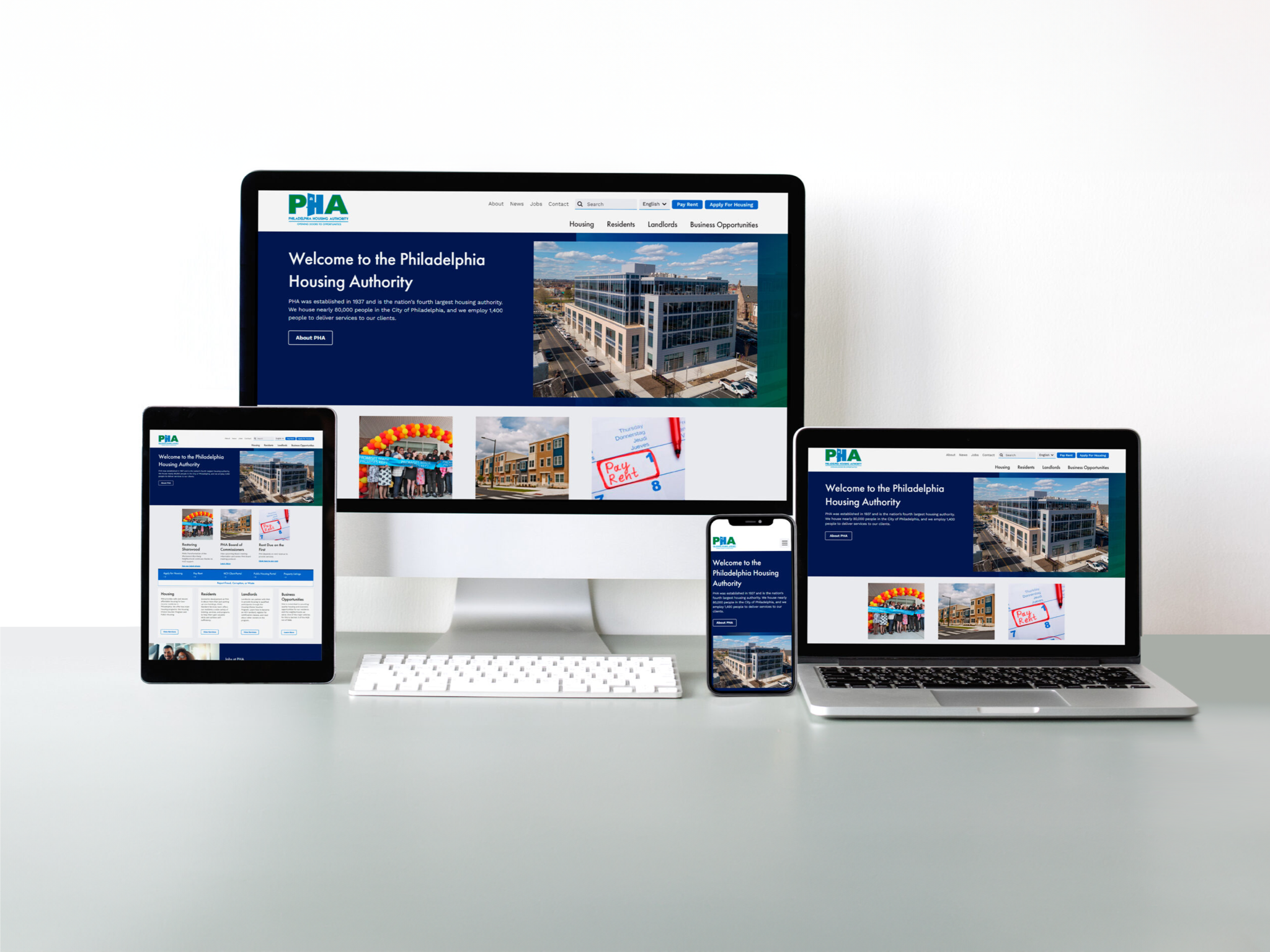
In the digital realm of 2024, engaging your audience through your website’s design is a psychological jigsaw where every piece plays a critical role in crafting user experience. To truly resonate and retain users, a deep dive into UI/UX best practices is essential for weaving emotional connections through intelligent design.
Trust and Transparency: In today’s fast-paced digital world, trust is not just a commodity; it’s currency. To establish immediate trust, websites must exude honesty and reliability from the very first interaction. Simplify your site’s navigation to enhance user comfort and avoid any design elements like intrusive pop-ups that may feel overbearing. The goal is to create a welcoming digital environment where users feel respected and secure, laying a solid foundation for engagement.
Emotional Resonance through Design: The color palette and typography of your website do more than just fill space—they evoke emotions. Embrace a minimalist approach that uses color strategically to draw attention to key actions, guiding the user’s journey with emotional intelligence. Modern design trends favor subtle yet powerful uses of color to communicate energy, calmness, or professionalism, depending on your brand’s voice. Typography also plays a pivotal role, with font choices that reflect the brand’s personality while ensuring readability across devices and platforms.
Consistency is Comfort: Adhering to familiar design patterns and visual flows, such as the well-known ‘Z’ pattern for scanning content, meets user expectations and enhances comfort. Consistency in design not only reassures users but also reduces cognitive effort, making the digital interaction feel more intuitive and reliable. This consistency extends to maintaining visual harmony across all pages, reinforcing brand identity and user confidence in your digital presence.
Strategic Use of Imagery and Interactive Elements: With advancements in technology, including AI and augmented reality, imagery on websites has transcended traditional boundaries. Today’s images are not only high-quality but also interactive, offering users an immersive experience that deepens emotional connections. Strategic imagery, when paired with interactive elements, can captivate attention, tell compelling stories, and engage users on a deeper level.
Mastering Negative Space: Modern web design emphasizes the effective use of negative space—or whitespace—to create a focus point for users. By decluttering the visual field, you guide users naturally towards the most important information or calls to action. A well-organized space can transform user experience from chaotic to harmonious, encouraging longer engagement times and reducing bounce rates.
By understanding and implementing these principles, your website can do more than just attract visitors—it can convert them into loyal customers by appealing to their emotions and offering a seamless, comforting digital experience.
The fusion of psychological principles with cutting-edge design techniques is more than a trend; it’s a pivotal strategy in digital marketing that will define the coming years. As we look forward, it’s clear that the websites which prioritize emotional connection through thoughtful design will lead the pack. By optimizing every aspect of your website to align with these psychological underpinnings, you’re not just building a site; you’re crafting an experience that resonates on a deeper level, fosters trust, and builds lasting relationships with your audience. Let Virtual Window guide you in transforming your digital interface into an emotionally intelligent platform that not only meets but exceeds modern user expectations.



